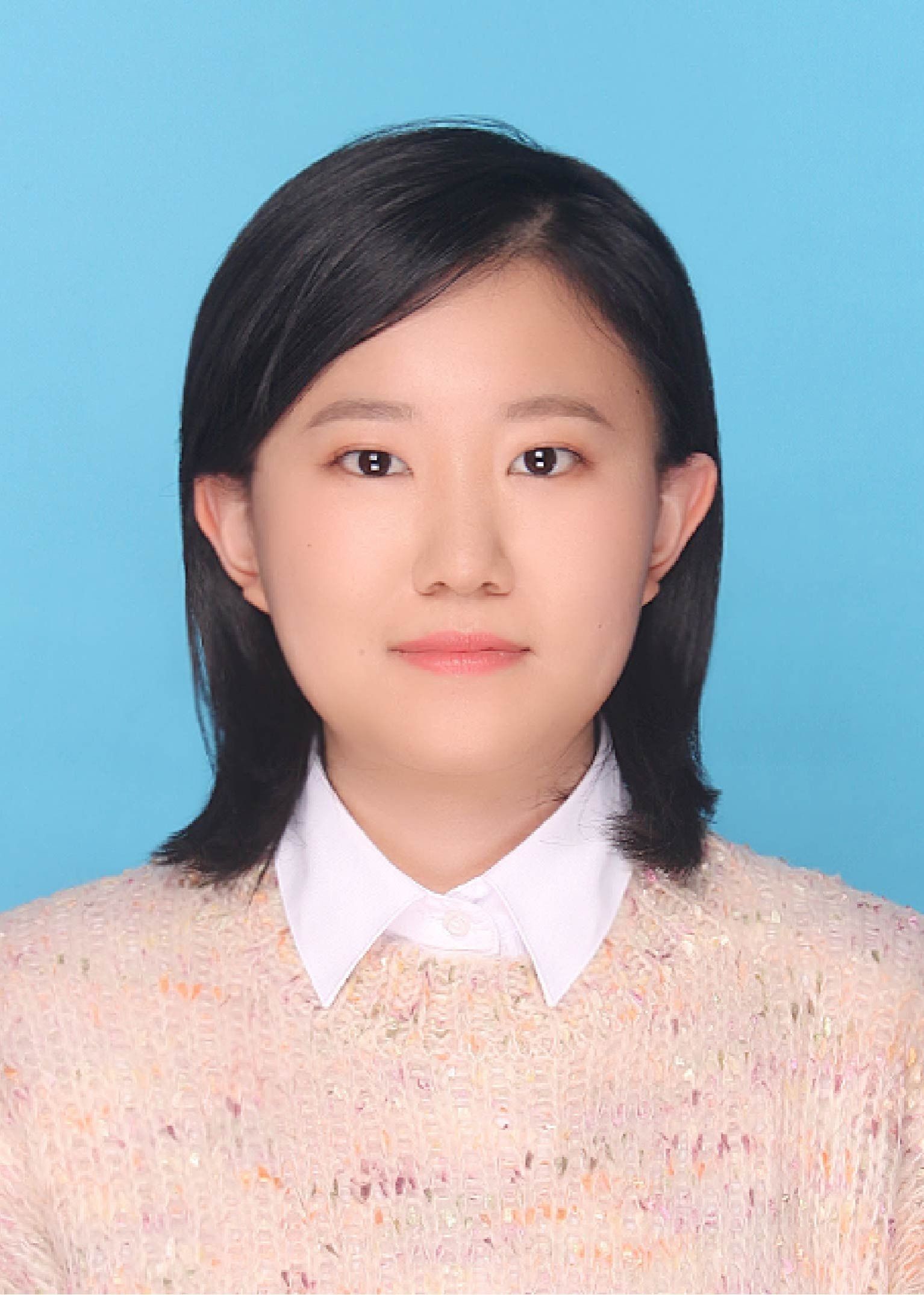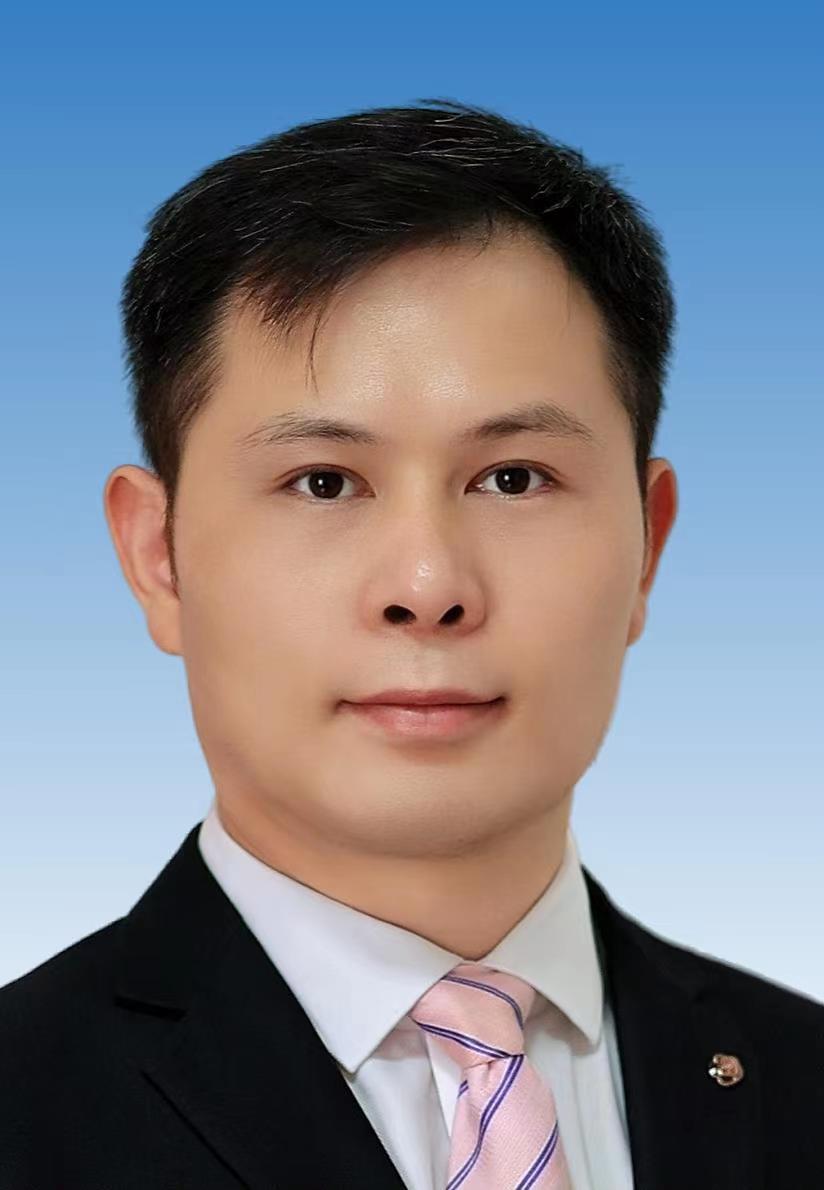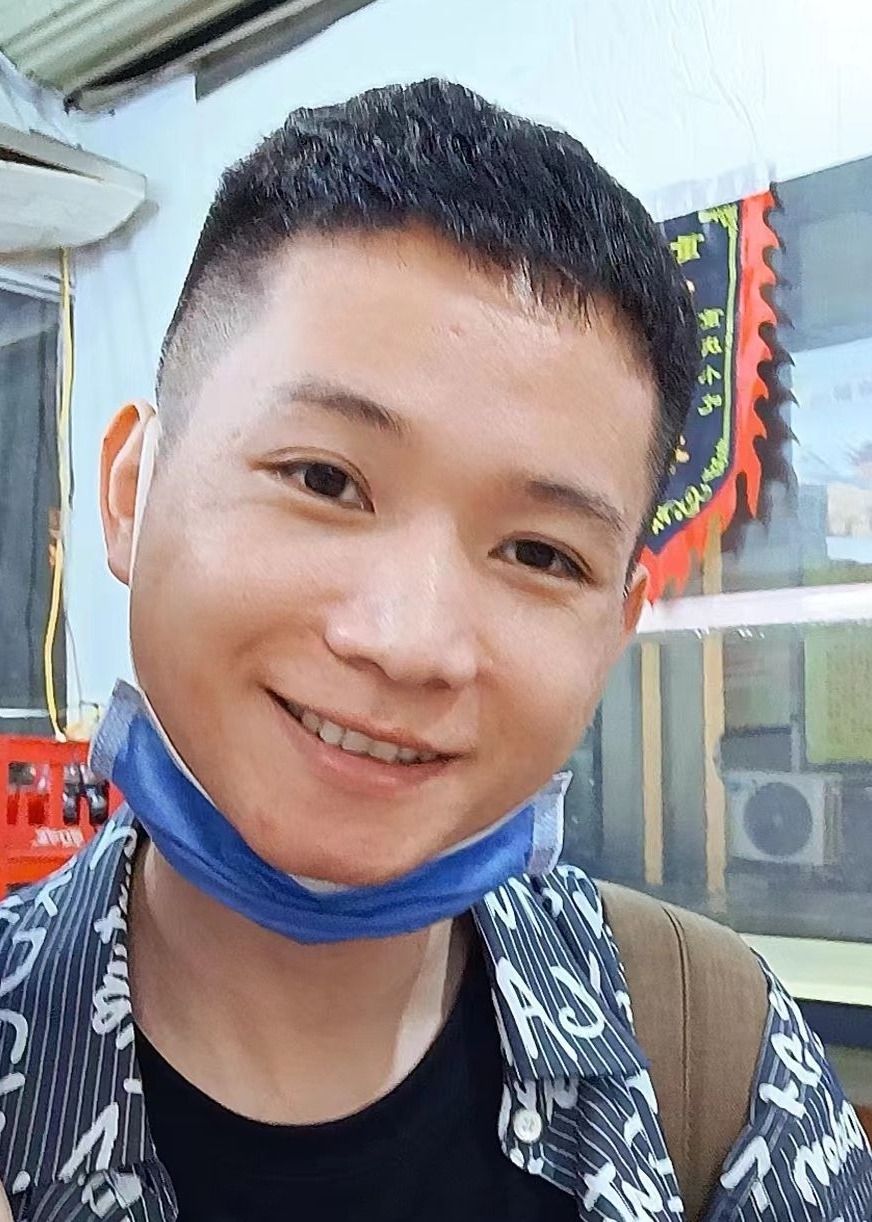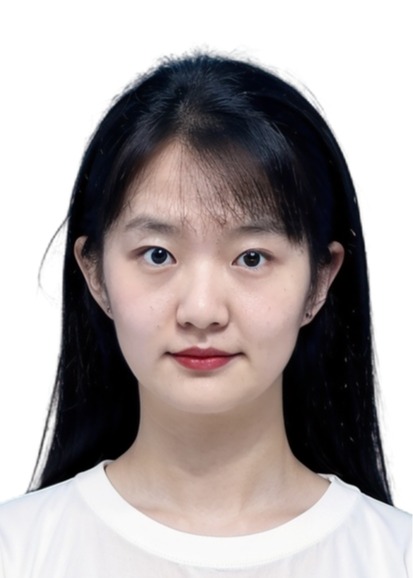Neurons rely on intracellular transport to deliver newly synthesized organelles and macromolecules to the far-reaching ends of their neurites and to carry cargo such as neurotrophic factors back to the soma to alter gene expression. Defects in long-range intracellular transport have emerged as a common factor of several neurodegenerative disorders. Neurons, on the other hand, are large, long-lived post-mitotic cells that cannot rely on cellular division to dilute accumulated misfolded proteins and damaged organelles. Therefore, it is critical for neurons to maintain intracellular protein homeostasis and remove abnormal organelles. We are interested in understanding macromolecular machinery's structural basis and molecular mechanisms related to neurological diseases. We have obtained insights into various biological processes using a combination of biochemical, electrophysiology, and structural analysis. Ultimately, we intend to obtain a “molecular movie” of more high-resolution processes so that they can be understood at a detailed mechanistic level. With the interdisciplinary nature of the approaches applied in my lab, findings from the proposed study will not only bring deep mechanistic understandings into intracellular transport and organelle homeostasis but also pave the way for developing novel diagnostic and therapeutic means targeting neurological disorders-related pathways.
Our recent focus is to understand how intracellular transport and mitochondrial functions contribute to neuronal health maintenance, including:
1) Mechanistic insight into the mitochondria-related metabolism and how it contributes to maintaining homeostasis in neurons.
2) The structural basis of the coordination of neuronal transport and local translation, and the mechanisms by which defects lead to neurological diseases.
3) Development of in situ cryo-EM/ET algorithms and protein design based on machine learning.

Email:xuruishen(AT)fudan.edu.cn
Research Direction:Mechanism of intracellular homeostasis

Email:xvmeinafudan(AT)163.com
Research Direction:Assist in managing the laboratory

Email:zhangjl22(AT)m.fudan.edu.cn
Research Direction:Molecular Basis of Axonal Transport; Development of In Situ Algorithms and Protein Design Based on Machine Learning

Email:22211520040(AT)m.fudan.edu.cn
Research Direction:Transport of Tumor Microenvironment-Associated Substances in the Brain

Email:23111520080(AT)m.fudan.edu.cn
Research Direction:Mitochondrial Homeostasis in Brain Diseases

Email:23211520036(AT)m.fudan.edu.cn
Research Direction:Molecular mechanisms related to mitochondrial homeostasis and oxidative stress

Email:Principal Investigator
Research Direction:Dr. Xie graduated from Central South University in 2008 and obtained a bachelor's degree in bioengineering. He received a Ph.D degree in neurobiology at Tsinghua University in 2014. Later, he did his postdoctoral study in Tsinghua University (Mentor: Dr. Yi Zhong) and National Institute of Biological Sciences (Mentor: Dr. Peng Cao). In July 2022, he joined the Institute for Translational Brain Research ...

Email:xjguo20(AT)fudan.edu.cn
Research Direction:Tumor-targeted therapy-related metabolism and endocytosis mechanisms

Email:894165647(AT)qq.com
Research Direction:Protein homeostasis in neuronal inclusion diseases

Email:20301050139(AT)fudan.edu.cn
Research Direction:Molecular mechanisms of mitochondrial homeostasis and oxidative stress

Email:21301020032(AT)m.fudan.edu.cn
Research Direction:Molecular mechanisms of mitochondrial homeostasis in brain diseases

Email:22301010020(AT)m.fudan.edu.cn
Research Direction:Molecular mechanisms of axonal transport

Email:21301050321(AT)m.fudan.edu.cn
Research Direction:Mitochondria-associated quality control mechanisms

Email:22301050239(AT)m.fudan.edu.cn
Research Direction:Molecular mechanisms of mitochondrial homeostasis in brain diseases
Sheng, X., Xia, Z., Yang, H.*, & Hu, R.* (2023). The ubiquitin codes in cellular stress responses. Protein & Cell, 15, 157 - 190.
Shen X, Sun P, Zhang H*, Yang H*. (2022) Mitochondrial quality control in the brain: The physiological and pathological roles. Front. Neurosci. 16:1075141.
Yang HT#, *, Desai N# (2021). Purification of mitochondrial ribosomes with the translocase Oxa1L from HEK cells. Bio-protocol, 11(15): e4110.
Desai N#, Yang HT#, Chandrasekaran V#, Kazi R, Minczuk M, Ramakrishnan V* (2020). Elongational Stalling Activates Mitoribosome-associated Quality Control. Science, 6520 (370): 1105-1110. DOI: 10.1126/science.abc7782
Yang HT#, Hu MH#, Guo JL, Ou XM, Cai TX, Liu ZF* (2016). Pore architecture of TRIC channels and insights into their gating mechanism. Nature, 7626 (538): 537-541.
Chandrasekaran V#, Desai N#, Burton N#, Yang HT, Price J, Miska E*, Ramakrishnan V* (2021). Visualising formation of the ribosomal active site in mitochondria. eLife 10:e68806.
Zhang C*, Yang HT, Liu ZF, Sun F (2018). Thermodynamics of voltage-gated ion channels. Biophysics Reports, 4(6): 300-319.
Ou XM#, Guo JL#, Wang LF, Yang HT, Liu XY, Sun JY, Liu ZF*. (2017) Ion and water binding sites inside an occluded hourglass pore of a TRIC channel. BMC Biology, 15(1): 31.
 Address: Floor 2, Building B, Medical Research Building, 131 Dong
Address: Floor 2, Building B, Medical Research Building, 131 Dong
 Postcode: 200032
Postcode: 200032
 Email: yanght@fudan.edu.cn
Email: yanght@fudan.edu.cn